
Traveling on means of transport, while jogging or on a simple walk: headphones to listen to music they have become a fundamental object of our daily life. Thanks to them, we have the possibility to listen to our favorite singer or musician at any time. Just put them on, plug them into your handy device and play your chosen song. Not only that: it is also possible to speak thanks to the presence of a built-in microphone.
Over time, the characteristics of the headphones have changed. The first thing you notice is the difference between them greatness, going from those of enormous size to wireless earphones. But also and above all from a technological point of view: an important element is theirs ability to isolate sound from the surrounding noise.
It is precisely the constant presence of headphones in our lives that has led us to question ourselves about what is behind this object. In this article from the How has it changed column we will talk about who invented them, the first models and technologies and what we expect from the future.
First prototypes: from manual switchboards to Baldwin's invention
We need to take a step back in time and get to late nineteenth, when headphones were born as a need for operators who worked in manual switchboards. They had to connect the two users by connecting the corresponding cables. To do this quickly, it was necessary use both hands e talk to the user on the phone at the same time. From this reason it arises the need to free the hands from the handset and the operator had to be able to speak and listen on the phone.
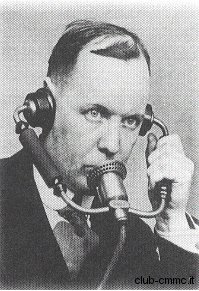 Il 1910 is the official date of birth of the headphones thanks to Nathaniel Baldwin. An American Mormon, Baldwin was an engineer and a physics and theology teacher. The search for him led him to conceive a first prototype of compressed air amplifier. She later perfected it and made it what we now call "headphones".
Il 1910 is the official date of birth of the headphones thanks to Nathaniel Baldwin. An American Mormon, Baldwin was an engineer and a physics and theology teacher. The search for him led him to conceive a first prototype of compressed air amplifier. She later perfected it and made it what we now call "headphones".
Inventors don't always receive positive acclaim from the public for creating something so new and innovative. Things change when, on the eve of the First World War, Nathaniel Baldwin presented his invention to the US Navy. The "headphones" received the approval hoped for by its founder and were used during the First World War by radio operators. Thanks to this success, Baldwin was able to earn enough to open the first company specializing in the production of headphones.
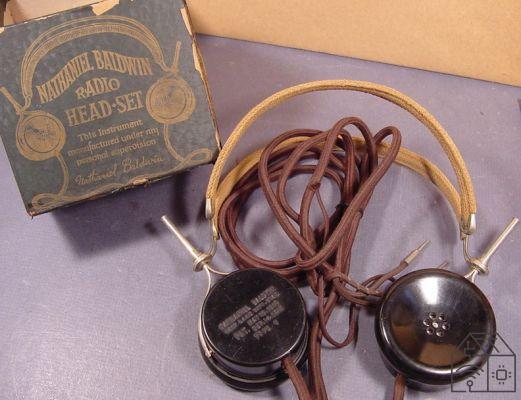 The first model of dynamic headphones
The first model of dynamic headphones
In 1937 the first model of dynamic headphones, the DT48 of the German company Beyerdynamic. This model has revolutionized the market, in fact it is still produced and marketed today, after many evolutions over the years.
Despite this, until 1947 this product remained semi-unknown to the general public, reserved only for few applications, mostly military, and never produced in large numbers. Things change with the release of the AKG K120, flagship model of the Austrian company AKG, which brought not only an impressive improvement in technology and sound quality, but the first forms of marketing for the promotion of the product itself.
John Koss, the true innovator of the industry
The real innovator of the industry and the main responsible for the commercial success of headphones for listening to music was John Koss. In 1958 invented the first stereo headphones, the Koss Sp-3. His product was the first one conceived only for listening to music and for the sector it was a real revolution.
Thanks to the genius of Koss and a perfect marketing strategy, the product has received an enthusiastic reception from the market. This led to the birth of new brands and subsequent new products which have contributed to the creation of one of the most fortunate markets.
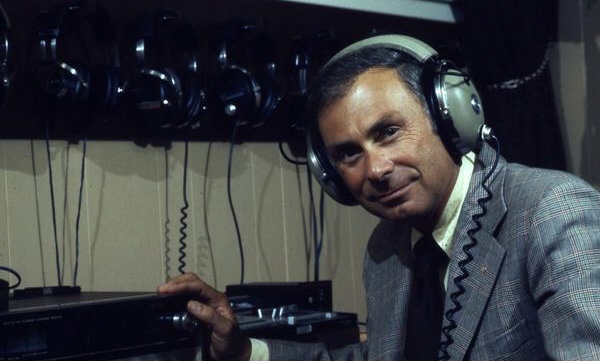
Headphones for portable radio and the invention of the walkman
In the 60s, radio had made great strides. It even comes to be produced in a portable version, which becomes almost unusable if it was not accompanied by headphones in the mono earphone version. The period of "portable" transistor radios.
A new era begins in the 70s and to be precise in the 1979, with the invention of walkman. With over 330 million units sold, the Sony was the first company to introduce this device to the market worldwide, then copied from others. It also managed to maintain its market share for nearly a decade, during which time headphones and Walkman were inseparable.
At the time, headphones consisted of four fundamental parts:
- The two speakers, of medium size, sufficient to almost cover the auricle, covered with sponges.
- A thin band support, in flexible metal, which was passed over the head and which held the two speakers together.
- Two plastic arms that allowed you to adjust the position of the two speakers in relation to the circumference of the head with the ears
- A cable that ended with a jack plugged into the walkman.
Thanks to the Walkman, anyone had the opportunity to listen to music wherever they were and in complete freedom. From this moment on, the portability is the distinctive feature of headphones and earphones.
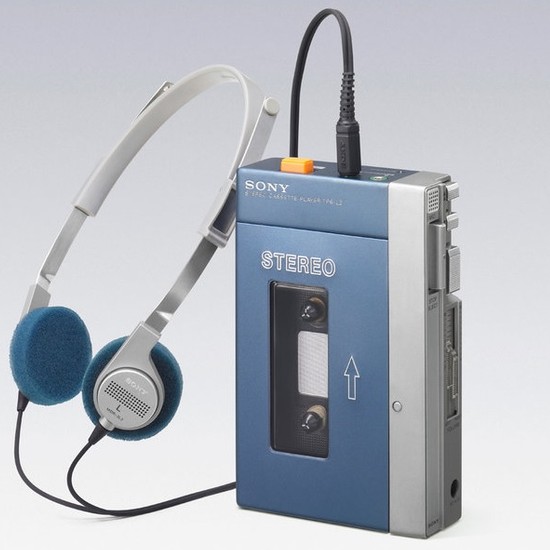 Headphones at the time of digital technologies
Headphones at the time of digital technologies
Among the most important innovations of the end of the last century we find that of Bluetooth, which allows the exchange of data over short distances via radio waves. Introduced by the company Ericsson in 1999, this technology connects headphones or earphones with devices to listen to music or whatever.
The market launch of iPod from Apple, of the MP3 and to the smartphone led to the production and sale of lightweight, small-sized earphones. This contributed to the resize of portable music, seeing the disappearance of Walkman.
The reduced weight and the possibility of inserting the speakers directly into the ear cavity made it possible wear the headphones at any time and for several hours. This is thanks to the battery life of the various devices from which to enjoy the music.
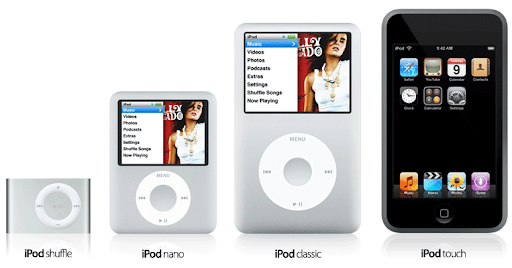 As in the other fields, also in the field of technology le mode they come and go. That's what happened to the headphones from 2010 onwards, in which the trends have taken a few steps back by going to find styles and sizes of headphones in vogue in the 80s and 90s. In fact, large headphones with a vintage style and bright colors are back in fashion.
As in the other fields, also in the field of technology le mode they come and go. That's what happened to the headphones from 2010 onwards, in which the trends have taken a few steps back by going to find styles and sizes of headphones in vogue in the 80s and 90s. In fact, large headphones with a vintage style and bright colors are back in fashion.
Finally, one of the latest innovations was made by Apple. In the 2016 the company has removed the traditional audio jack from its earphones. In this way, those who buy an iPhone from model 7 onwards, will have to use the Lightning port or use a pair of wireless earphones called Apple AirPods.
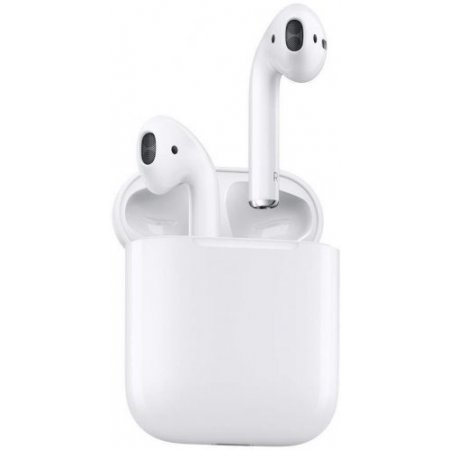 From this point on, most of the mobile phone companies and beyond decided to produce wireless earphones. Among the latest models offered for sale we find the earphones Samsung Galaxy Buds Live, which resemble the shape of a bean and which adapts perfectly to the shape of the auditory cavity.
From this point on, most of the mobile phone companies and beyond decided to produce wireless earphones. Among the latest models offered for sale we find the earphones Samsung Galaxy Buds Live, which resemble the shape of a bean and which adapts perfectly to the shape of the auditory cavity.
Bone conduction headphones
At first glance, reading "bone conduction" is almost scary, but it is nothing more than a new sound transmission technology. It allows the sound itself to propagate through the bones of the skull to reach the innermost part of the auditory system directly, bypassing the eardrum.
Among the advantages we have the possibility to listen to what is happening nearby. In fact, bone conduction headphones have been designed for everyone, but especially for sportsmen. In this way accidents are avoided. Another advantage is to avoid injury to the eardrum in the long run caused by continuous use of classic earphones with too high volume.
There are also disadvantages, such as the presence of a reduced frequency response bandwidth and a reduced pitch extension. But that's not all: bone conduction headphones hide another inherent disadvantage. The fact of not listening to music with headphones that cover the ear canal does not allow you to isolate yourself from external noise and therefore does not allow a clean listening to the song. Some of the best known brands: AfterShokz Titanium, Vidonn F1 Sports Headphones, Zulu Exero.
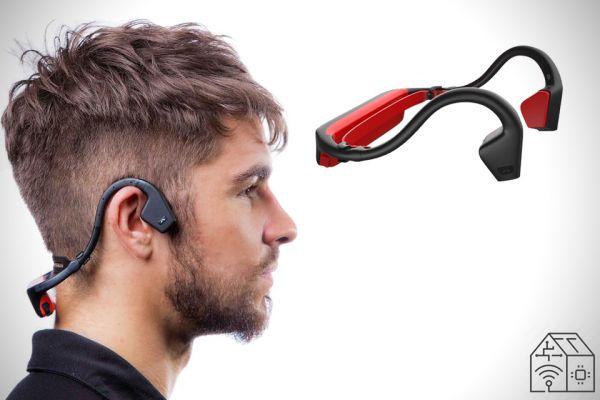 Not only headphones but also bone conduction goggles: they are mostly sunglasses inside which there are bone conduction earphones. They allow you to listen to music via Bluetooth from your smartphone in a "different" way.
Not only headphones but also bone conduction goggles: they are mostly sunglasses inside which there are bone conduction earphones. They allow you to listen to music via Bluetooth from your smartphone in a "different" way.
In this case, the sound is transmitted through a vibration directly inside middle ear canal. These special glasses, inside the temples, have two small plates, one on each side. The temples should be placed over the junction between the maxilla and mandible, just ahead of the ear, to ensure the transfer of sound information. Among the most famous brands we find: Huawei Gentle Monster, Bose Frames, Smart and G2.
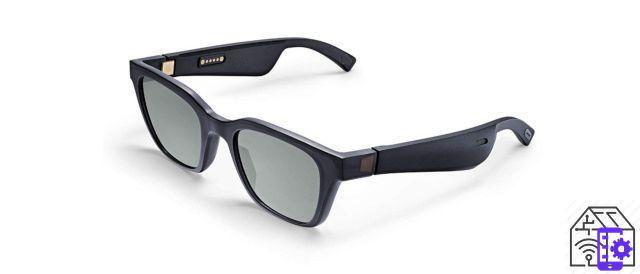 Cuffie of the future: over-ear AirPods Studio
Cuffie of the future: over-ear AirPods Studio
What should we expect from the headphones of the future? The answer is not long in coming and Apple is the first to answer. Apparently, the former cuffie over-ear AirPods Studio will "neck detection" sensors which may work similar to current AirPods, which pause music when a headset is removed from one ear.
There will also be a second highly innovative sensor that will be able to recognize which is the right and left ear, adjusting the audio accordingly. Along the lines of the AirPods Pro, the new Apple headphones are expected to feature Active Noise Cancellation and Transparency mode.
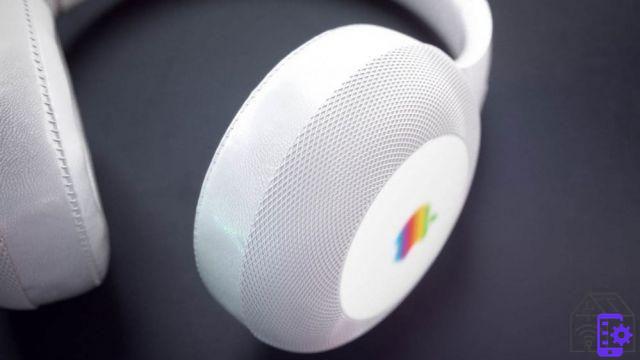
Bluetooth is renewed
In 2021 there will be news also in the field of Bluetooth. In recent years we have seen a boom in audio solutions of all kinds, from smartphones to speakers. But Bluetooth technology is based on a codec that deserves to be renewed after twenty years.
In fact, the Bluetooth consortium has decided to introduce a new standard for audio via bluetooth, called LE Audio. This standard also includes the new LC3 codec which in the future will replace the one used today as a base system for all bluetooth headsets on the market.




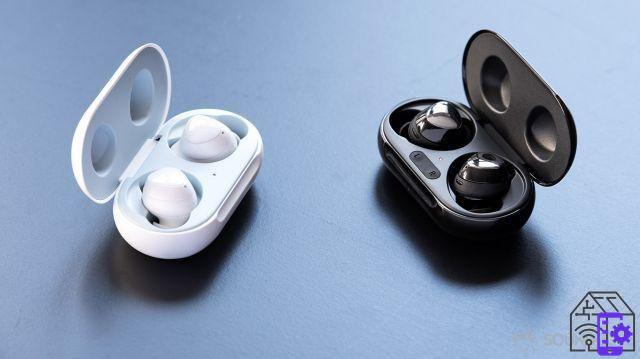
















![[Review] Samsung Powerbot VR7000: the robot vacuum cleaner from Star Wars](/images/posts/6bc44de38605b5c0fa12661febb1f8af-0.jpg)





